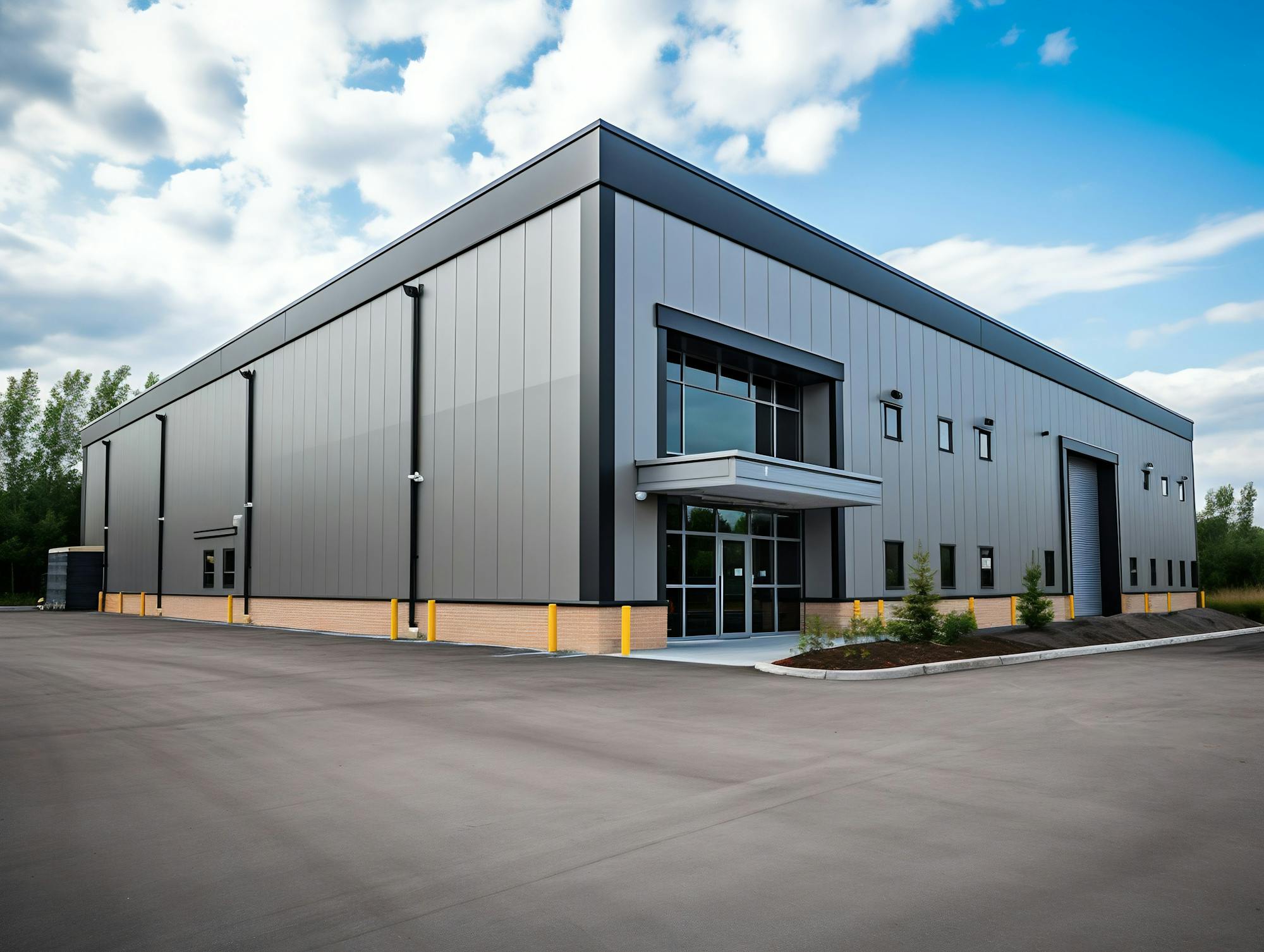Real Estate Perspectives
How to invest in industrial?

Introduction:
Industrial real estate, often considered less glamorous compared to other commercial asset classes, plays a crucial role in providing practical and efficient space for various uses, including
manufacturing, warehousing, and R&D. In this article, we will delve into an overview of the industrial asset class, explore its demand drivers, changes in use, and examine the impact of e-commerce on the "last-mile" distribution. Understanding these factors will help investors make informed decisions in the dynamic industrial real estate market.
Asset Class Overview: Industrial real estate comprises three main categories: manufacturing, warehouse, and Flex/R&D. These properties prioritize function over form and cater to various users with specific needs. Manufacturing facilities are used for production and assembly, warehouses focus on storage and distribution, while Flex/R&D buildings offer flexible usage with a mix of office and industrial space.

Amet sit quisque facilisi cras.
Demand Drivers
The demand for industrial real estate is influenced by several factors, including transportation infrastructure, proximity to customers and workers, access to land, and financial incentives. Transportation plays a significant role in industrial demand, with easy access to highways, rail, ports, and air freight being essential.
Changes in Industrial Use: The industrial real estate sector has undergone significant changes over the past two decades. Innovations such as ESFR fire sprinkler systems have improved warehouse safety and reduced operational costs. Additionally, taller clear heights have become prevalent to maximize warehouse efficiency and increase storage capacity.
The rise of e-commerce has led to a shift from traditional distribution to fulfillment centres, which require proximity to major metropolitan areas for fast deliveries to end-users. These changes have influenced the design and location requirements of industrial properties.
E-commerce Growth & the "Last-Mile": The growth of e-commerce has revolutionized the retail real estate landscape, requiring an efficient "last-mile" distribution strategy. Last-mile facilities are strategically located close to urban areas and focus on delivering goods to retailers or consumers. However, many existing industrial properties lack the capacity to accommodate the growing demand for e-commerce due to outdated features, such as low ceiling heights and inadequate loading dock infrastructure.
Conclusion
Industrial real estate has demonstrated positive performance, with increasing rents and historically low vacancies. However, as the demand for same-day shipping grows, developers are exploring multi-story industrial facilities to address supply constraints.
Industrial real estate, though less glamorous, remains a vital asset class, attracting investors with its strong historical performance and diverse usage options. Understanding the demand drivers, changing industrial uses, and the impact of e-commerce on "last-mile" distribution will help investors navigate the dynamic industrial real estate market and seize promising investment opportunities.
Latest blogs
Check out our other most recent blog posts!

Real Estate Perspectives
How to invest in industrial?

Real Estate Perspectives
How to invest in hotels?

Real Estate Perspectives